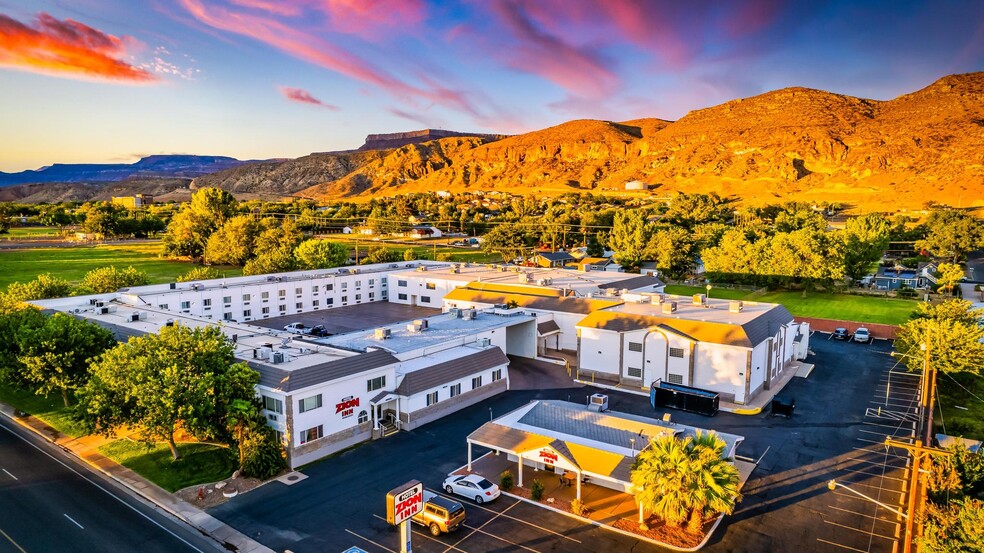Whether you’re looking to buy or sell Utah Commercial Real Estate, the Salt Lake City area has some unique advantages to offer. With a desert climate that supports hot summers and cold winters, the market here is expected to see a lot of growth over the next few years.
Multifamily rents in Salt Lake City grew 5.5% during the quarter
During the third quarter, Salt Lake City’s multifamily market experienced activity led by new development deliveries. Average rents climbed 5.5% during the period.
The Salt Lake County rental market remains one of the tightest in the country. In 2021, 98% of the county’s 148,500 rental units were occupied.
The average asking rent in Salt Lake City is much lower than those in San Francisco or Los Angeles. And with a growing labor pool, this metropolitan area is a popular location for young professionals.
During the last three years, the Salt Lake County average asking rent has risen 11% annually. This has put Salt Lake County in the top 50 metros for rent prices.
Utah’s housing shortage is creating a significant imbalance. Nearly 40% of the state’s renters spend more than 30% of their income on housing.
Utah’s housing shortage is driving demand for apartment and multifamily housing. However, it’s also driving up housing costs for renters. As a result, more and more people are putting off home buying and opting to stay in their current homes.
Office space sector has decreased quarter-over-quarter by about 3%
Despite a recent slowdown, Utah’s economy is still growing. The unemployment rate is below the national average. It is also one of the nation’s best at re-hiring workers.
The state is also home to the Salt Lake City metropolitan area, which is home to 1.2 million people. That’s almost half of the state’s population. The commercial real estate market in Utah has been growing rapidly in the past few years.
The most notable development occurred in the Salt Lake City central business district, where the largest concentration of new leases were in Class A buildings. Other noteworthy leasing feats included Pretium Packaging leasing 97,000 square feet, Berlin Packaging leasing 166,000 square feet, and Ready Alliance Group leasing 200,000 square feet.
The biggest challenge facing Utah’s real estate industry is a lack of skilled building trade talent. Although Utah has a large number of college graduates, the state’s high school graduation rate is just a third of the national average.
Industrial market in Salt Lake City is expected to grow substantially through the rest of 2022
Despite the recent construction boom, the industrial market in Salt Lake City is expected to continue its strong growth through 2022. According to a new report from Cushman & Wakefield, the market is on track to outperform all other markets through 2022.
The report notes that the national availability rate in Q2 2022 stood at 4.7%, which is still 270 basis points below the pandemic peak of 7.4%. This means that demand for space continues to outpace supply for the seventh consecutive quarter. The report also states that this rate is 450 basis points below the historical average of 9.5%.
The industrial market in Salt Lake City has been booming lately, with several major warehouses leasing in the past three months. In addition, several large projects are in planning stage. This should help boost absorption in the industrial sector throughout the rest of the year.
The Salt Lake City real estate market has become one of the top markets to watch in the next few years. Salt Lake City’s economy is projected to grow at an annual rate of 2.0% through 2025.
Salt Lake City’s desert climate supports hot summers and cold winters
Located at the north end of the Salt Lake Valley, Salt Lake City is the capital of Utah. This cosmopolitan city is laid out on a grid plan and features a continental climate. The city’s average yearly temperature is 52.1 degF (11.2 degC). Its precipitation is moderate and seasonal. It receives 21 inches of rainfall each year.
Temperatures in Salt Lake City are usually warm during the summer. The Wasatch Range surrounds the city and is home to tourist resorts like Park City and Snowbird.
In winter, the Great Salt Lake serves as a buffer between Salt Lake City and the cold air that comes from the Great Plains. It also provides cool breezes during the hot summer months.
Weather conditions vary significantly depending on location. Some of the driest areas are central Utah, while areas near the mountains can have heavy snowfall.
The Wasatch Front includes Provo, Ogden, and West Valley City. These cities are generally dry during the spring and fall seasons. The winters in Utah are extremely cold. The ski resorts in the area often see high snowfall totals.




